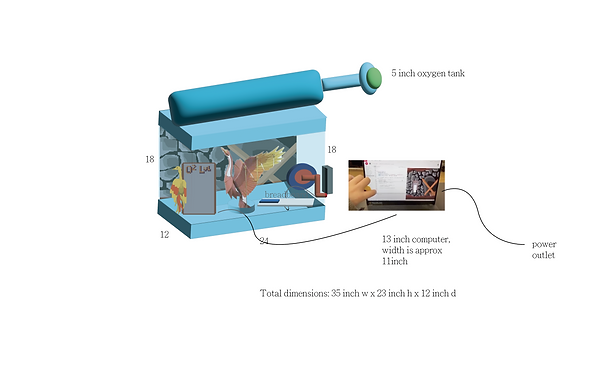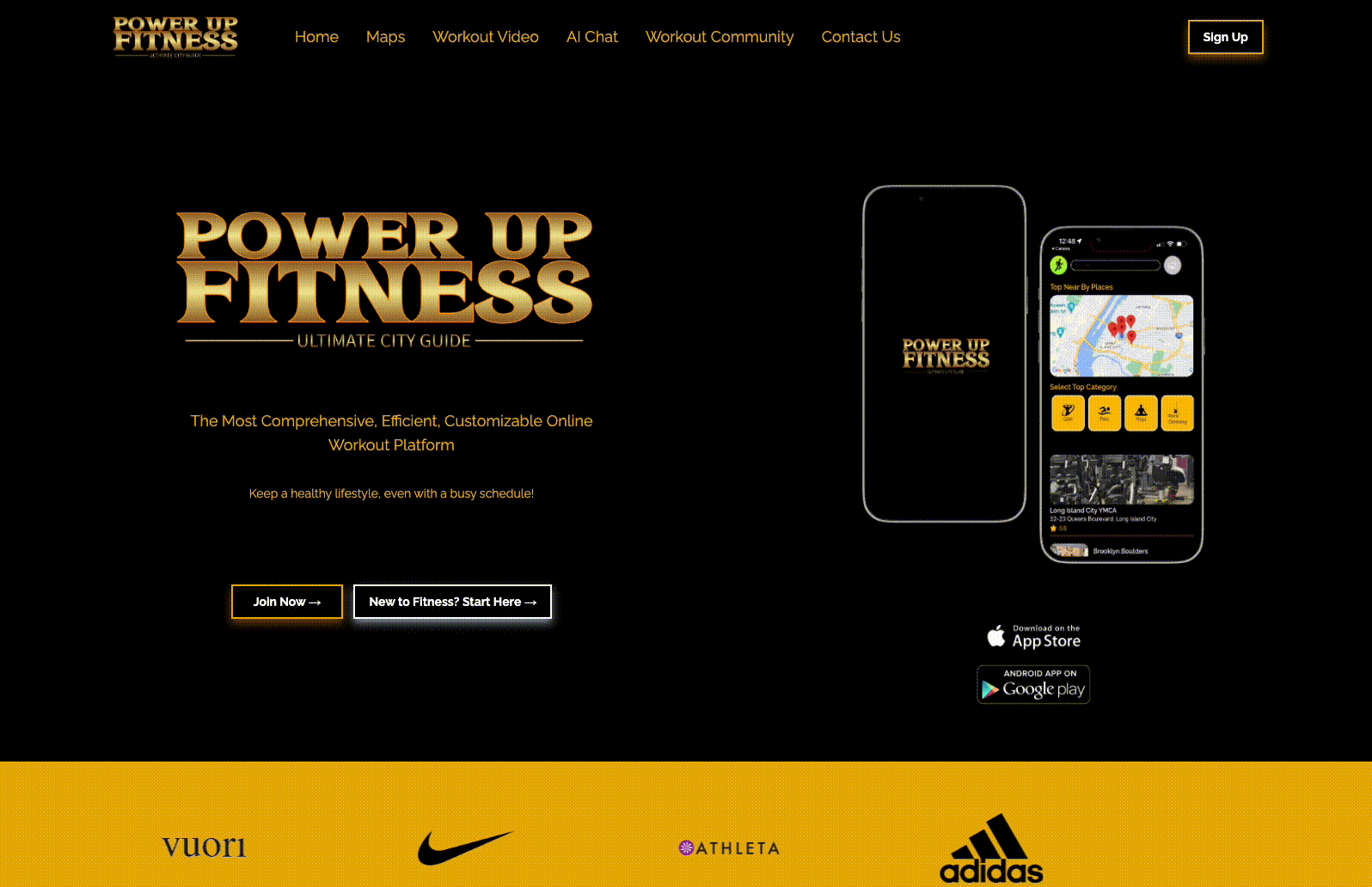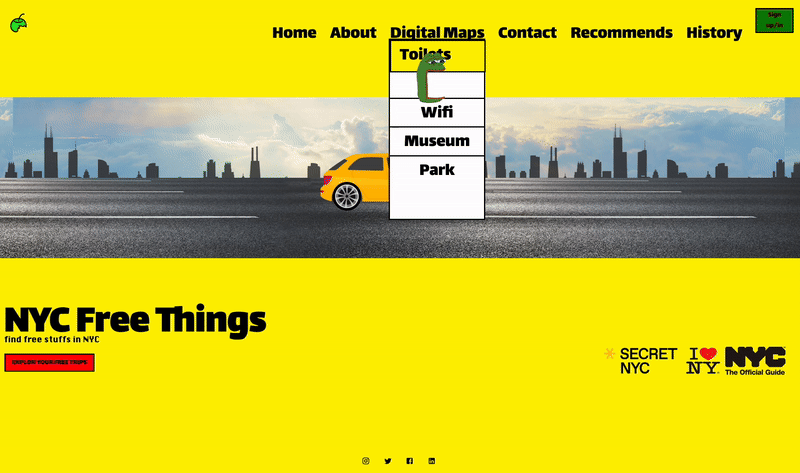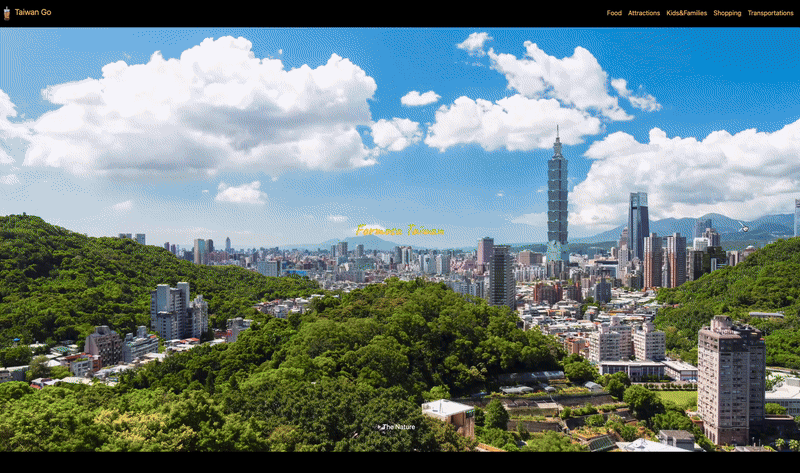Becky Hsu
Becky Hsu
Hi!
My name is Becky Hsu.

I'm Pei-Yin (Becky) Hsu, a passionate Chinese calligraphy writer and Web Developer specializing in Interactive Web Development, Data Visualization and Geographic Information Systems (GIS). Currently based in New York, NY, I thrive at the intersection of design and technology, crafting user-friendly web experiences that bring data to life.

NYC Free
PowerUp Fitness
Taiwan Travel
Agency

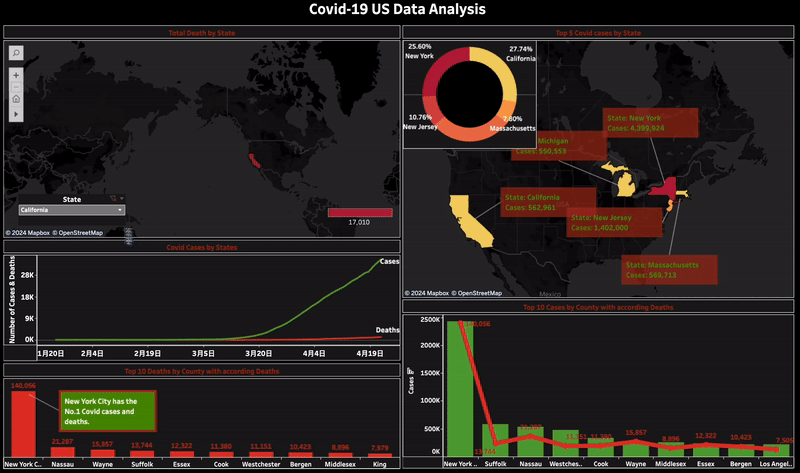
NYC Crime Rate
Dashboard
COVID-19 US
Data Analysis
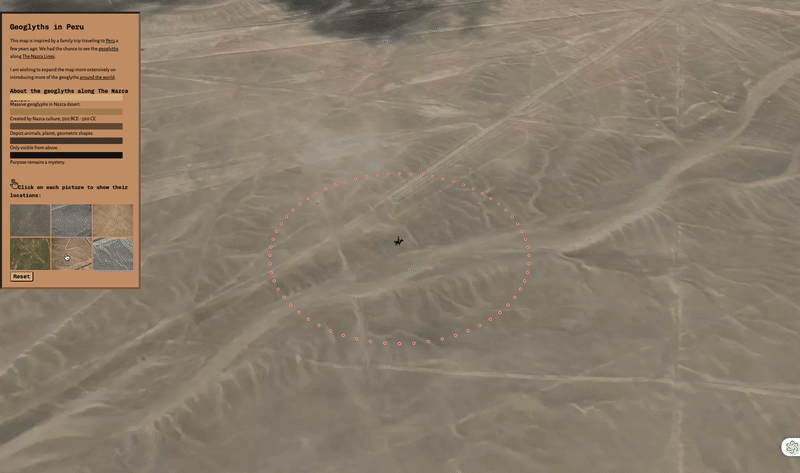
Inka Trails
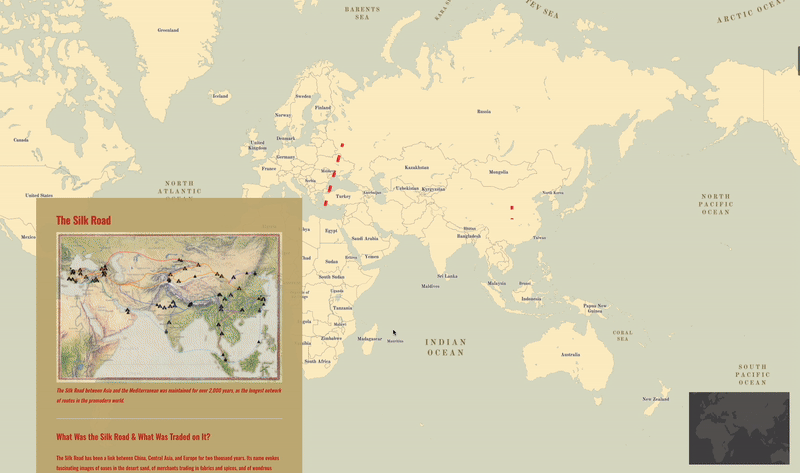
The Silk Road
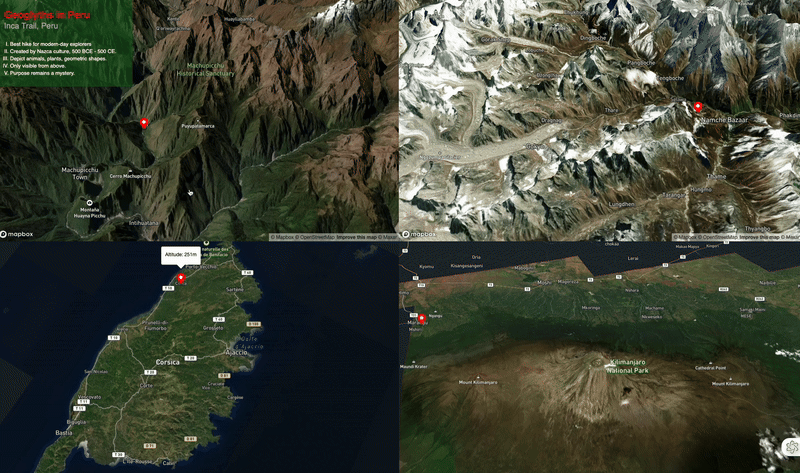
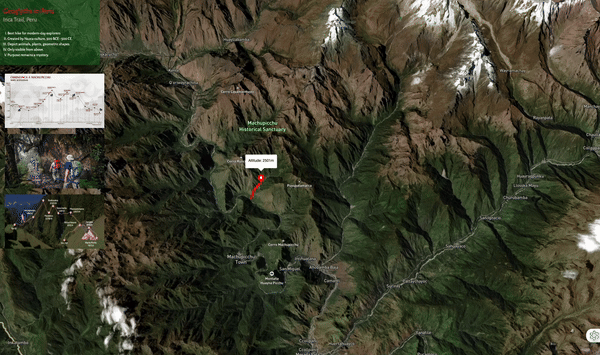
Nazca Lines
World Trails
UI/UX Design
Calligraphy
Interactive Installations
Interactive
Mapping
Game Design
Photography
Logo Design
Brand Design
Poster Design
Motion Graphic
Creative Coding
AR/VR
Save the Bird:
Canary Resuscitator
Project Description:
Save the Bird: Canary Resuscitator is an interactive installation aiming to convey the danger birds are facing. To make the environment safe for the birds to live, oxygen is required, and canary resuscitators are commonly used. Users can supply the oxygen by pressing the button, and when the oxygen reaches a certain level, the bird's wings can start waving, indicating that the canary can fly and live safely and healthily.
What is your project about?
The storytelling behind the work is about saving the domestic canary and being kind to the environment, and making the bird fly and wave the wings by supplying oxygen using the canary resuscitator.
What does your project do technically?
When the button is pressed, it triggers the web-based sketch to increase the oxygen level. Once the oxygen reaches a certain level, the motor will start working and make the bird's wings wave.
How will people engage with your project?
People will engage with our project by pressing the button and watching the wings waving smoothly. The audio and LED lights around are used to make the interaction and experience more immersive. The oxygen tank serves as a decoration.
Brainstorming:

Materials:






The prototypes that we experimented:


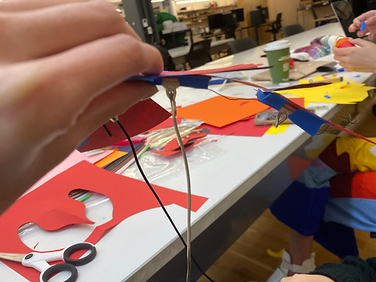


Designing the wings for the bird, and making it rotate attaching with the servo motor

We did some prototypes for the mechanical wheel that are able to move the wings up and down starting from different height.
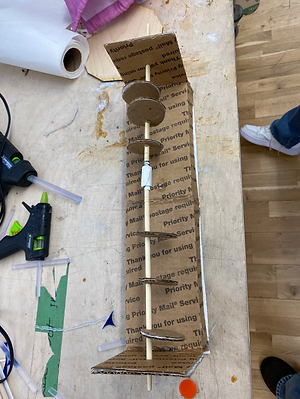
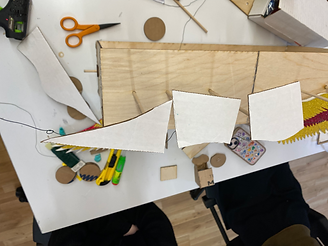
We made some wings as an experiment of how the mechanical wheels can rotate and move the wings.

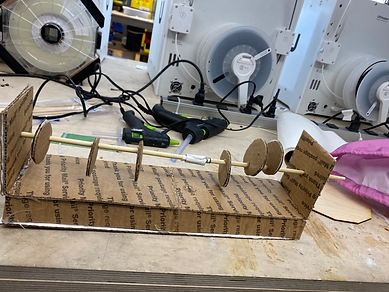

After we did several trials of experimenting the rotating of the wheels that moves the wings up and down, we believe that the wheels are too weak and should be strengthen a bit more to support each individual wing parts.
We made the wheels by stacking up 4 layers of the same circular wheels made out of card board and wrap the sides with card stock paper to smoothen the edges.

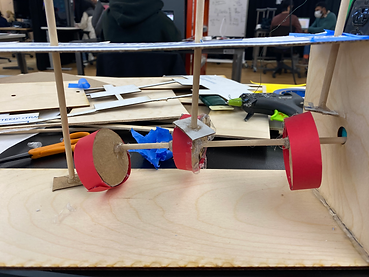


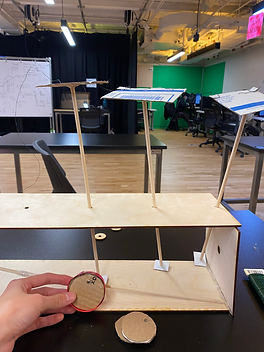




The mechanics of the wheels look great finally! It's time to implement the motor to turn the wheels.

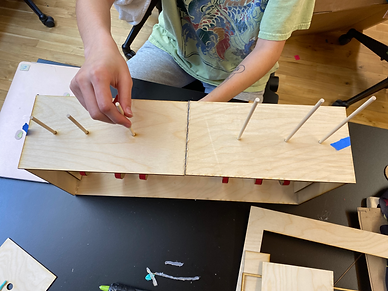
We adjusted the wooden box dimensions with several different measurements until the wood sticks and the height of the box matches.
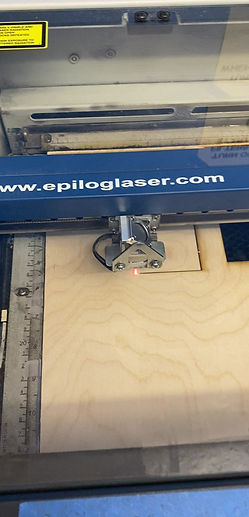



After that we attach the motor with super glue with the horizontal wooden glue and it worked! but not so stable...

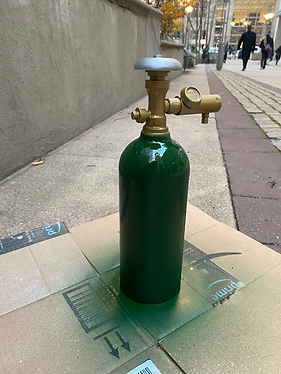
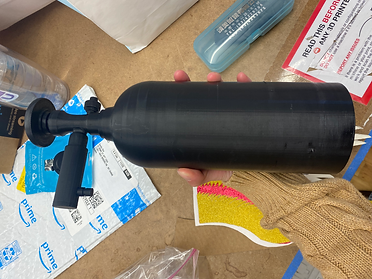
I 3D printed an oxygen tank and spray painted it.

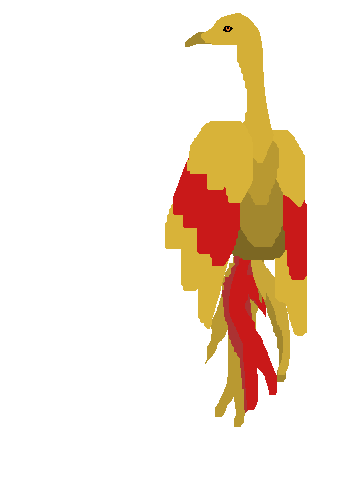
These are pixelated bird and mining cave drew by one of our teammate.
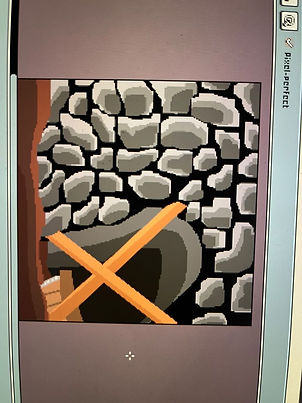
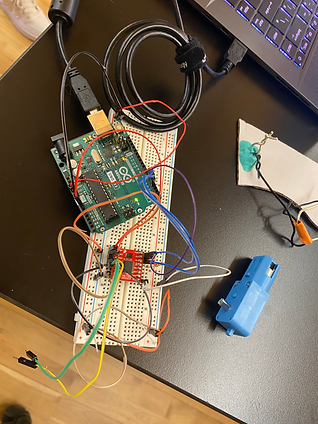
Making sure the wires and motors are all wired up properly before starting our motor.
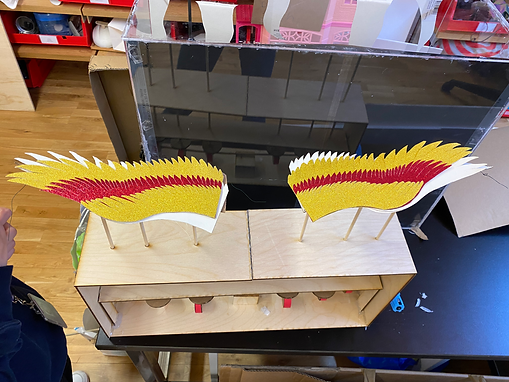
Setting the wings up!


Final product! We have also cut holes in the middle of the wood box to hide some mini birds that people can see when bending down.
Some Failures:

On our presentation day, our motor was disconnected from the wooden stick, and we were so worried that we couldn't fix it before the presentation since the glue that we used were super glue that needed at least 24 hr to dry. Hopefully, we had some help with a friend designing a customized nail that attaches the motor with the acrylic box to make the motor steady enough to not move.

Some video documentation...

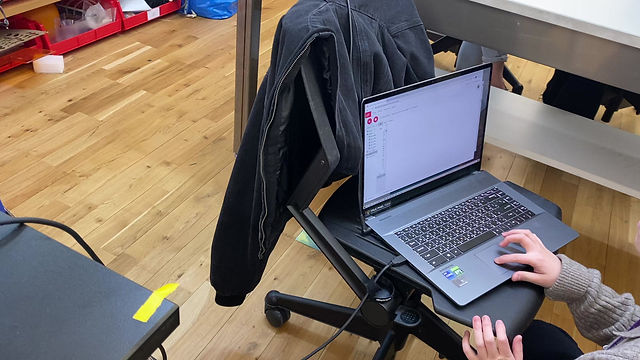

Final version! And below is our visualized setting for setting up at the ITP winter show!
